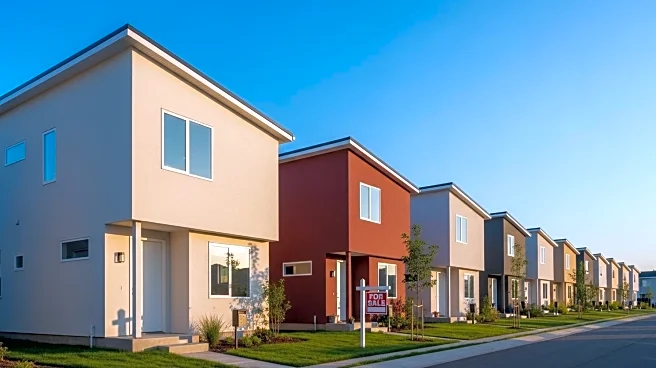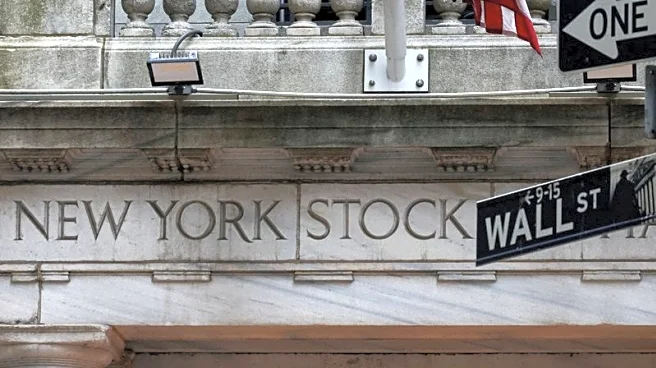What's Happening?
The rate of home sale cancellations in the U.S. has reached its highest level for any July since at least 2017, with 15.3% of all pending sales falling through. This trend is attributed to buyers either changing their minds or encountering issues with inspections or financing. The increase in cancellations is occurring despite a recent downward trend in mortgage rates, which have slightly offset persistent price increases. The housing market is seeing more listings, providing buyers with more options, yet the elevated mortgage rates continue to pose challenges, particularly for working-class buyers who are more sensitive to high prices.
Why It's Important?
The rise in home sale cancellations highlights the ongoing challenges in the housing market, particularly for buyers facing high mortgage rates and record home prices. This situation affects working-class buyers more acutely, as they are less able to absorb the financial impact compared to those with larger budgets. The trend could lead to increased volatility in the real estate market, affecting sellers and real estate agents who rely on completed transactions. Additionally, the increase in cancellations may signal broader economic concerns, as potential buyers hesitate to commit to large financial obligations amid uncertain economic conditions.
What's Next?
As mortgage rates continue to fluctuate, potential homebuyers may remain cautious, leading to further cancellations and a slower housing market. Real estate professionals might need to adjust their strategies, focusing on attracting buyers who are less affected by high rates or offering incentives to mitigate financial concerns. Policymakers could also consider measures to stabilize the housing market, such as adjusting interest rates or providing financial assistance to first-time buyers. The market's response to these dynamics will be crucial in determining future trends in home sales and pricing.
Beyond the Headlines
The increase in home sale cancellations may have deeper implications for the U.S. economy, reflecting broader consumer sentiment and financial stability concerns. As buyers become more hesitant, this could impact related industries such as construction, home improvement, and mortgage lending. The trend also raises questions about the long-term sustainability of current housing prices and whether adjustments are needed to ensure affordability for a wider range of buyers.












